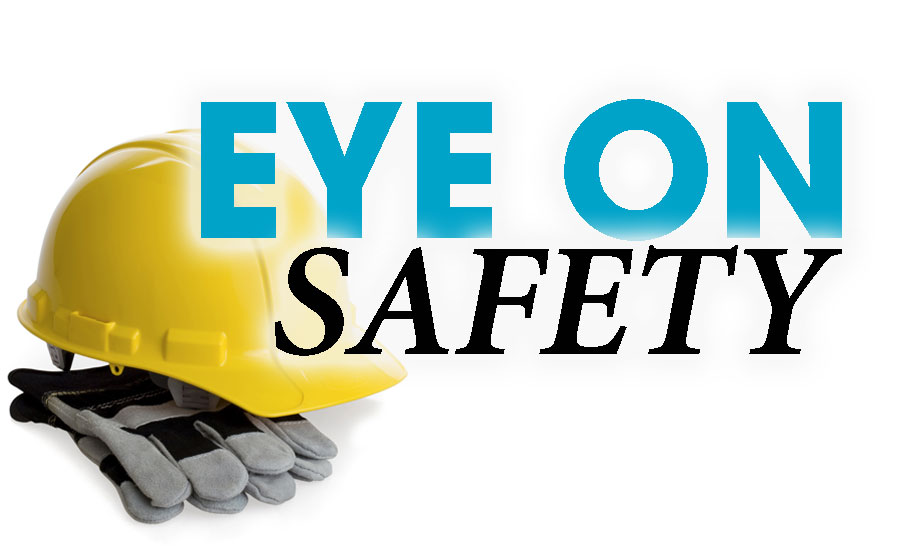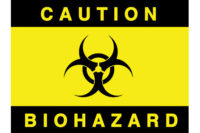Burns encompass a wide range of severities from benign surface injuries that heal in a few days to severe deep-tissue incidents that require years of recovery.
Burns have a variety of causes including chemical exposures, scalding, friction, sun exposure, electrical burns, and fire-based injuries from matches, fireworks, candles, campfires and the like. While burns are common in everyday life, knowing how to respond to them is not.
In many cases, burn victims underestimate the severity of their injury. Similarly, these folks rarely have the knowledge to appropriately respond and provide effective treatment. This causes longer recovery times, increased chances of complications, and in some cases, results in a permanent reduction in the physical abilities of the victim – or worse.
There are four classifications: first-, second-, third-, and fourth-degree burns. Each degree indicates an escalating level of severity. First-degree burns are the least severe and usually result in minimal skin damage. They are superficial wounds affecting the exterior layer of skin and usually heal in a few days. They are identified by redness and minor inflammation and cause low to moderate discomfort. As the burn heals, the victim can expect to see some cracked and peeling skin. In most cases, this type of burn doesn’t require medical treatment unless large areas of skin have been affected. Treatment includes running cool water over the injured area for several minutes.
Second-degree burns are more serious because the injury is deeper than the skin’s surface. Blisters are common along with redness and soreness. Pain will be moderate to high depending on the size of the burn and care should be taken to avoid popping blisters. These burns, and more severe ones, require frequent bandaging which helps the healing process and reduces the chance of infection. When the burn first occurs, run cool water over the injured area(s) for 15 minutes or more. If it affects a large section of the skin, seek medical attention; especially if the burn occurred to the face, hands, feet, groin or neck areas.
For first- and second-degree burns, use of aloe vera gel, silvadene creams, and antibiotic ointments can hasten the healing process and provide some pain relief. Do not use ice or home remedies and avoid wrapping/treating the injury with fabrics that contain small fibers (i.e. cotton balls) that could stick to the injured area.
Immediate medical attention should be sought for third-degree burns. While burn injuries that include some third-degree wounds include a high amount of pain, this isn’t always the case. The third-degree burn areas may not have pain because the nerves have been damaged. The pain a victim feels usually is the result of second-degree burns surrounding most third-degree areas.
It is important to realize burns of this nature can be severe enough to reach the bloodstream. Large surface burns can cause shock trauma. Third-degree burn areas can have a white waxy appearance because no moisture is left in the region. They also can look charred with a leathery surface. Never attempt to treat this type of burn on your own. Immediately call 9-1-1.
While you await a medical response, keep the burn area elevated above the heart if possible. Make sure clothes are not tight-fitting and are not sticking to the burn region.
A fourth-degree burn is a third-degree burn that extends beyond the skin into tendons, ligaments and bones. All information provided above about third-degree burns applies here. The notable difference is fourth-degree burns can be so deep and severe that shock is likely. Other complications can include low blood pressure and a high risk of infection. Sepsis, loss of muscle control, hypothermia and tetanus are possible. Fourth-degree burns also carry the real risk of death, especially if the burn area(s) are large and in close proximity to head, neck, and/or vital organs. Immediately call 9-1-1 and let medical professionals do their best to help you.
For third- and fourth-degree burns, a medical professional should provide guidance on treatment, not the victim. Chemical burns should be treated on a case-by-case basis. Refer to the chemical’s safety data sheet for guidance on burn treatment and to determine if medical assistance is needed.




